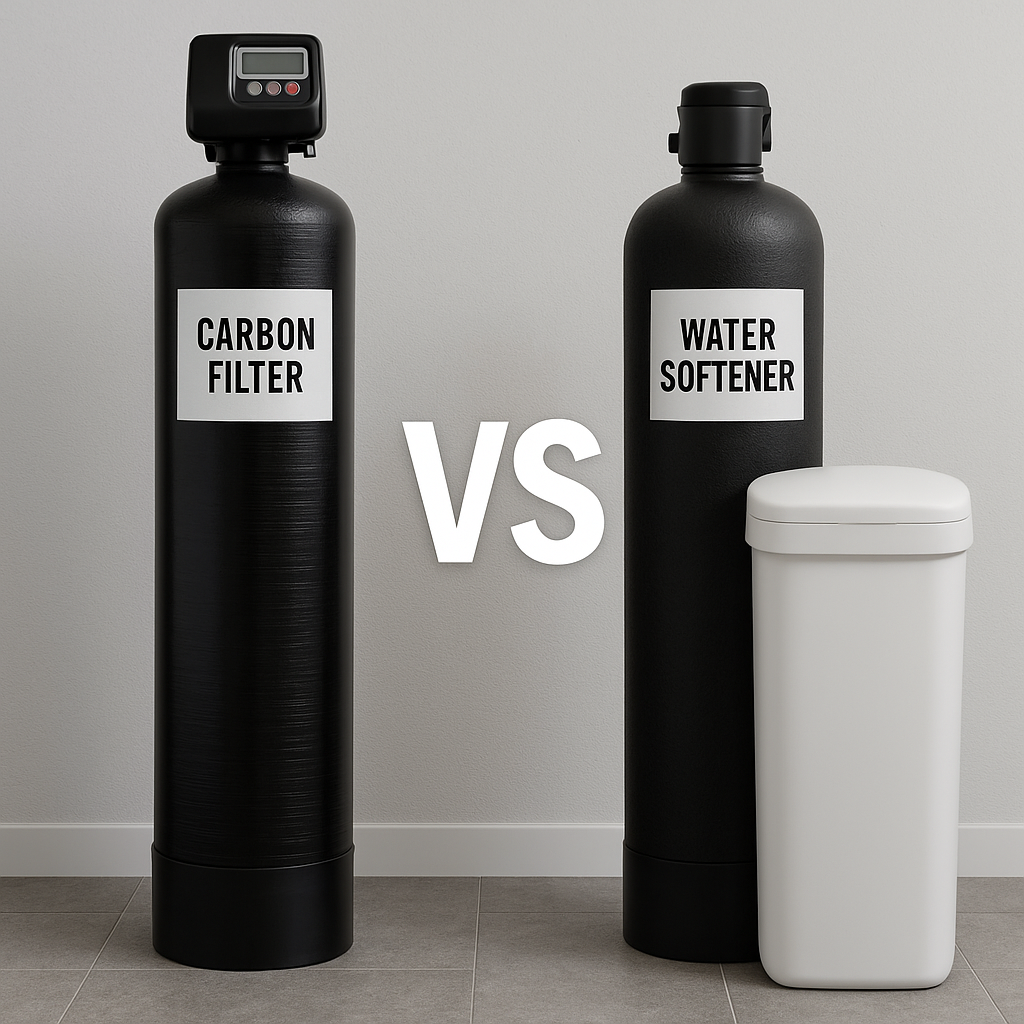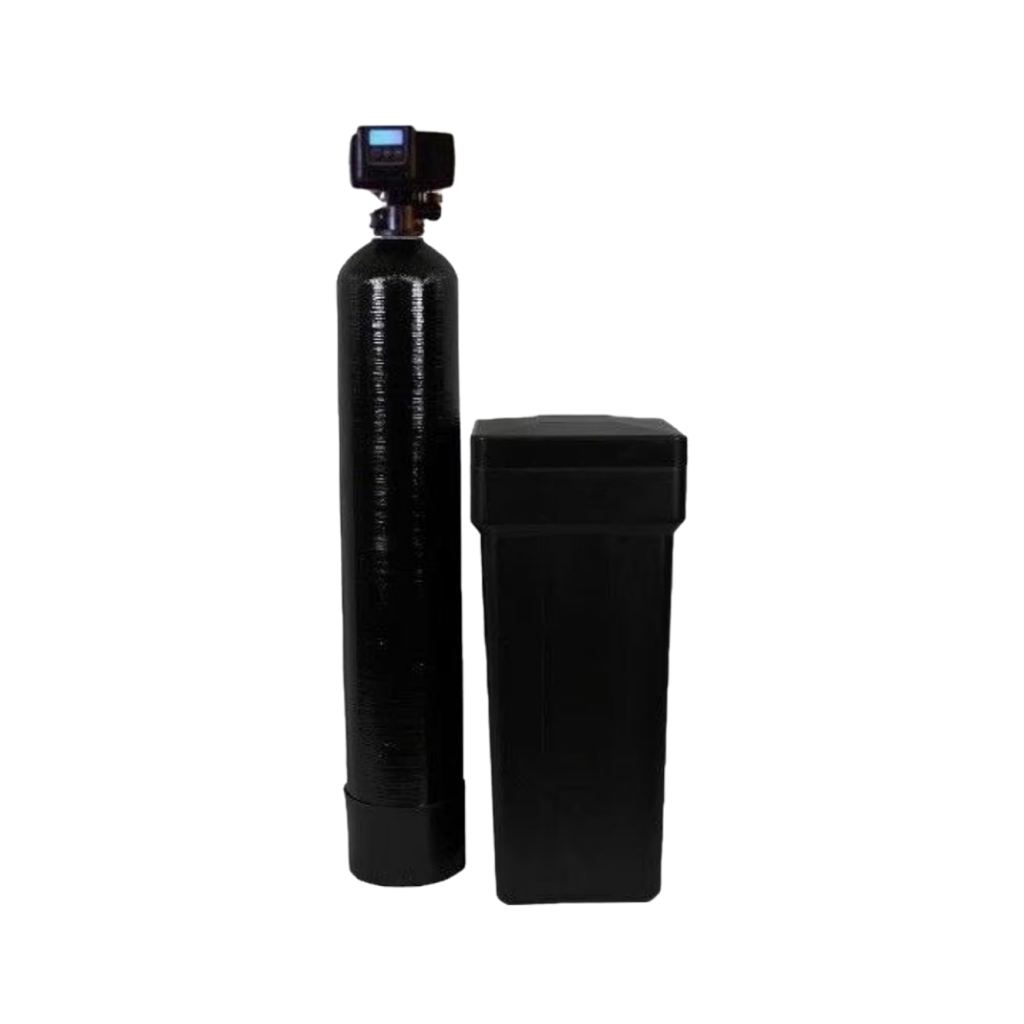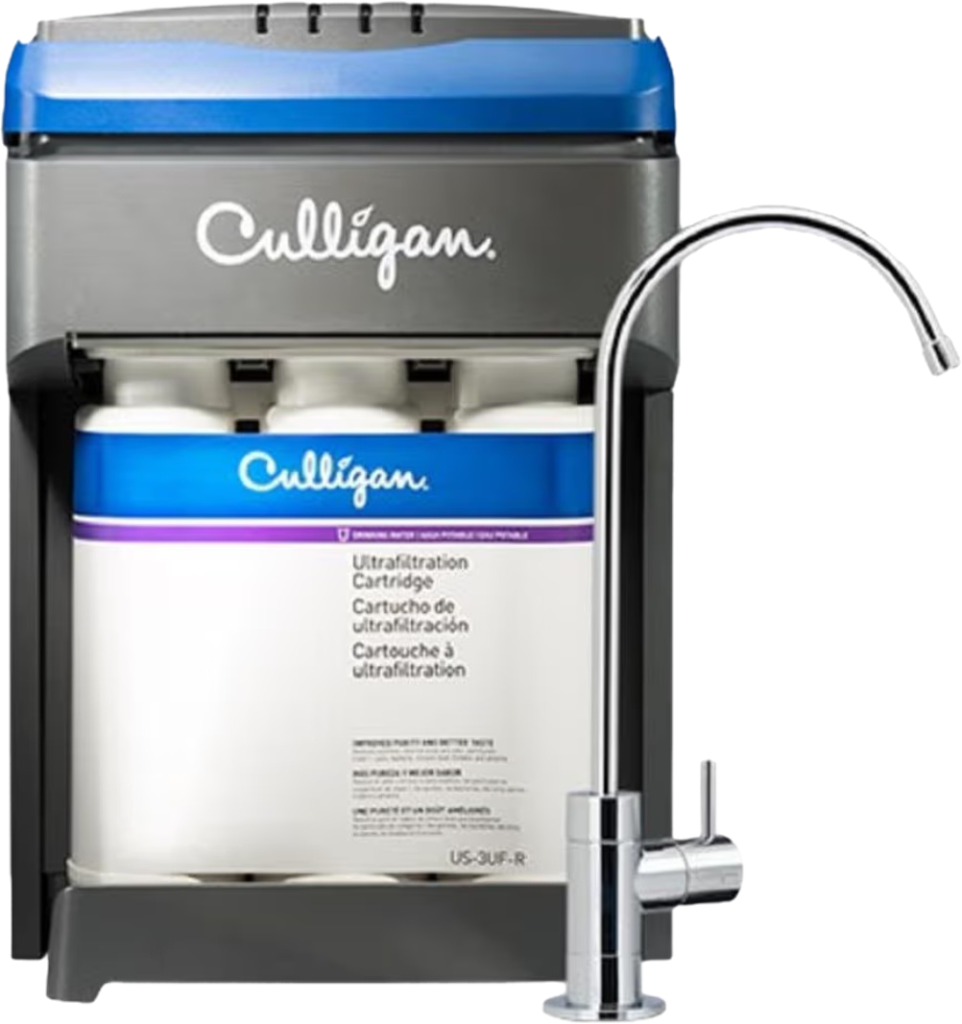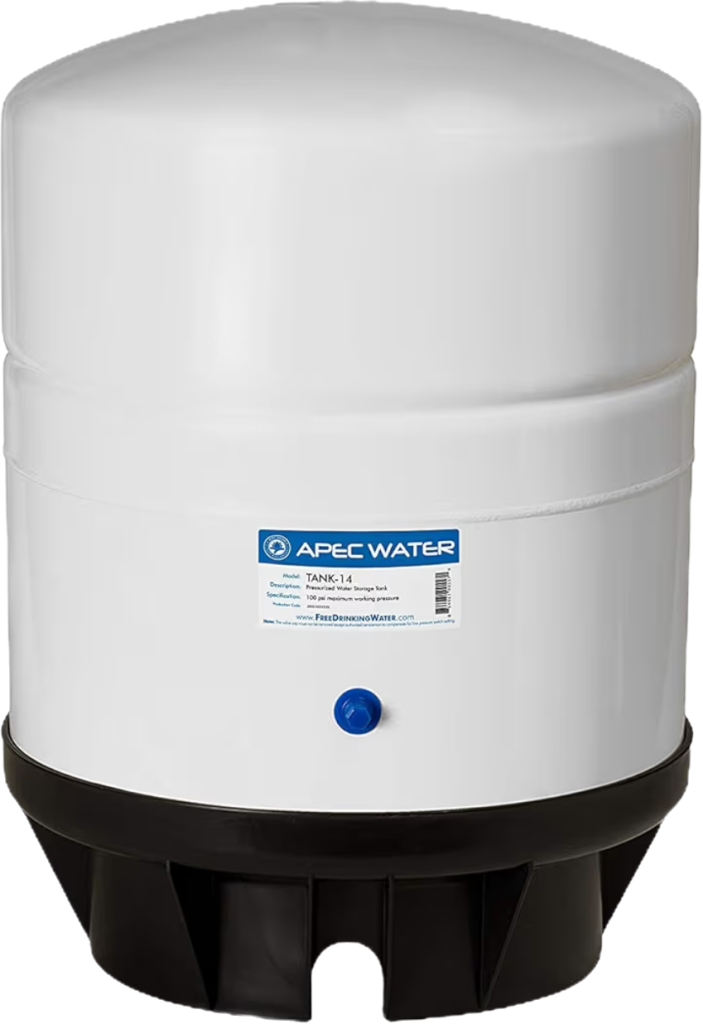
Choosing between a whole house water filter and a water softener can be confusing—especially since both systems improve water quality but in very different ways. If you’ve ever wondered why your dishes come out spotty even with filtered water or why your filtered water still tastes off, it may be because you’re using the wrong system for your specific problem. This article breaks down what each system does, how they work, and which is right for your household.
Whole house filters are designed to remove a broad spectrum of contaminants like chlorine, sediment, volatile organic compounds (VOCs), pesticides, and even heavy metals, depending on the model. These systems sit at the entry point of your home’s water supply and treat all the water before it flows to your fixtures. Their main goal is to improve the taste, odor, and safety of your water.
Water softeners, on the other hand, are targeted systems that specifically address hard water—water that’s high in calcium and magnesium. While hard water isn’t a health risk, it can wreak havoc on plumbing, appliances, and anything it touches. A water softener typically uses an ion exchange process to remove these minerals, replacing them with sodium or potassium ions. The result is water that prevents scale buildup, extends the life of appliances, and improves soap effectiveness.
Disclosure: As an Amazon Associate I earn from qualifying purchases. This post may contain affiliate links.
What Does a Whole House Water Filter Remove?
Whole house filtration systems vary by type, but the most common configurations include sediment filters, carbon filters, and sometimes KDF media or UV sterilization. These filters are highly effective at removing:
- Chlorine and chloramines (common in municipal water)
- Volatile organic compounds (VOCs)
- Sediment like rust and silt
- Herbicides and pesticides
- Industrial solvents
- Heavy metals like lead and mercury
Some advanced systems include multi-stage filters or even modular add-ons that tackle bacteria and viruses. However, most whole house filters are not designed to remove hardness minerals, so if your water is hard, they won’t solve scaling issues.
Benefits of a Whole House Filter:
- Cleaner, better-tasting water from every tap
- Reduction in harmful chemicals and contaminants
- Improved water odor and clarity
- Protection for clothing, skin, and hair during bathing
Limitations:
- Doesn’t remove calcium or magnesium (hardness)
- Requires periodic filter replacement
- May not treat bacterial contamination unless UV is added
What Does a Water Softener Do?
Water softeners specialize in removing calcium and magnesium ions from water through a process called ion exchange. A resin bed inside the softener attracts and holds these minerals, exchanging them for sodium or potassium ions. Periodically, the system regenerates itself by flushing the resin with a saltwater solution from a brine tank.
What softeners fix:
- White scale buildup on faucets and showerheads
- Reduced soap lather and soap scum
- Dingy laundry and dry skin
- Appliance damage due to scale
Benefits of a Water Softener:
- Prolongs the life of water heaters, dishwashers, and washing machines
- Makes cleaning easier with better soap performance
- Prevents plumbing corrosion from scale
Limitations:
- Does not improve water taste, odor, or remove chemicals
- Adds sodium or potassium to your water
- Requires regular salt refills and occasional maintenance
Do You Need Both?
In many cases, the best results come from using both a whole house water filter and a water softener in tandem. The filter removes harmful contaminants like chlorine, sediment, pesticides, and even heavy metals, while the softener deals with minerals that cause scale buildup and soap inefficiency. Using both ensures cleaner, better-tasting water and extends the life of your appliances and plumbing.
Personally, I use both systems in my own home. My setup includes a Fleck 5600 water softening system, known for its reliability and efficient regeneration cycles. For drinking water, I installed a Culligan US-3UF 3-Stage Under Sink Drinking Water System, which feeds a dedicated faucet and also supplies purified water to my refrigerator and ice maker through a 14-gallon storage tank. This combination gives me peace of mind that all the water in my home—from showers to ice cubes—is treated appropriately for its purpose.

Fleck 5600 Water Softener
Amazon Rating: 4.5 out of 5 stars
View on Amazon
A trusted workhorse in the world of residential water softeners, the Fleck 5600 is durable and easy to program. It uses ion-exchange resin to effectively remove hardness minerals and is ideal for families dealing with scale buildup or soap scum. Its metered regeneration system saves water and salt, making it efficient and low maintenance. My water has a lot of iron in it, so I use a salt with added iron remover.

Culligan US-3UF 3-Stage Under Sink Drinking Water System
Amazon Rating: 4.6 out of 5 stars
View on Amazon
This compact system fits neatly under the sink and removes chlorine, lead, cysts, and unpleasant tastes and odors. It’s easy to install and maintain, with long-lasting filters. Paired with a 14-gallon storage tank, it delivers consistently clean water to both the dedicated faucet and the refrigerator, ensuring top-quality drinking water throughout the kitchen.

Apec Tank-14 14-Gallon RO Storage Tank
Amazon Rating: 4.7 out of 5 stars
View on Amazon
Designed for high-capacity reverse osmosis systems, this pressurized 14-gallon tank ensures a steady supply of purified water on demand. It’s made with food-grade materials and a durable stainless steel connector. The extra volume makes it ideal for homes using filtered water for both drinking and appliances like refrigerators and ice makers. Easy to install and compatible with standard RO systems, it helps maintain strong water pressure at all outlets while minimizing refill delays.
Final Thoughts
Whole house water filters and softeners serve two very different purposes, and understanding the difference can save you time, money, and frustration. A filter targets contaminants that affect health and taste, while a softener tackles the minerals that damage plumbing and appliances.
Choosing the right system depends entirely on your water quality and what problems you’re trying to solve. For many households, a combination of both is the ideal setup—clean, safe water that’s also gentle on your home’s infrastructure. When in doubt, test your water first. Knowing what’s in it is the first step toward better water—and a better home.
Head back to the maing page for Whole House Filtration
